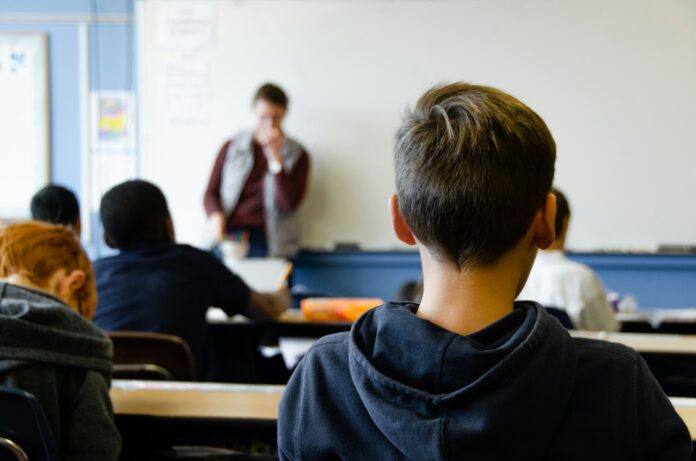Attention Deficit Hyperactivity Disorder (ADHD) presents children in school settings with a unique set of obstacles; therefore, educators need to build an atmosphere that caters to the special requirements of these children. Parents of children diagnosed with attention-deficit/hyperactivity disorder (ADHD) can foster an atmosphere conducive to learning by concentrating on list of six suggestions that can be used to create a healthier learning environment that fulfills their requirements.
Structured Routine
Routine is the foundation of a successful classroom management strategy for children who have attention-deficit/hyperactivity disorder (ADHD). To give kids a feeling of routine and stability, which is important for their mental health, schools for children with learning disabilities set up a daily schedule that they stick to. This program ought to include allotted time intervals for a variety of tasks, including transitions, breaks, and lessons, among others. Making use of visual aids such as charts or clocks to reinforce the timetable is an effective way to improve time management and comprehension of the tasks at hand.
Clear Expectations
Complete tasks by dividing them into smaller components and ensuring that every instruction is comprehended. Combining oral instructions with visual cues improves understanding. When you want to encourage students to follow the rules of the classroom and finish their assignments, you can use strategies of positive reinforcement such as praise and awards. When it comes to coaching kids toward consistent conduct and performance, the most important tools are having patience and giving them gentle reminders.
Sensory-Friendly Environment
As a result of the prevalence of sensory sensitivities among children with attention-deficit/hyperactivity disorder (ADHD), it is essential to create a classroom atmosphere that is sensory-friendly. Avoid distractions as much as possible by regulating the amount of noise and illumination. Offering sensory accommodations such as headphones that shut out background noise, fidget tools, or alternate seating alternatives such as rocking chairs or bean bags are all examples of what can be provided. By attending to their sensory needs, you can create an atmosphere that helps them learn and focus, allowing them to thrive.
Incorporate Movement
Because physical activity is essential, it is important to incorporate movement breaks into the daily routine. By allowing children with attention-deficit/hyperactivity disorder to release excess energy, these breaks improve their capacity to concentrate. Movement can be accomplished through a variety of activities, like engaging in easy yoga poses, going for brief walks, or stretching exercises. Additionally, brain breaks that involve dance or rhythmic movements are known to increase cognitive function and alleviate restlessness, which in turn promotes improved engagement in learning tasks.
A Differentiated Approach To Teaching
Children who have attention-deficit/hyperactivity disorder (ADHD) must be taught in a manner that considers their unique abilities and learning styles. Strategies for instruction can be adapted to fit a variety of learning modalities, such as visual, aural, and kinesthetic learning. You can provide pupils with a variety of learning activities, and they can be able to select the methods that connect with them. They are allowed to demonstrate their capabilities and participate in the learning process in a meaningful way using flexible seating arrangements and alternate assignments.
Participation Of Parents And Professionals In Collaboration
It is necessary to form a cooperative collaboration with the parents and the experts who are relevant to the situation. Regular communication ensures that a comprehensive awareness of the needs, capabilities, and challenges of each kid is achieved. Personalized educators can effectively implement personalized interventions if they make use of the insights provided by parents and work together with professionals such as teachers of special education or behavioral therapists during the implementation process. The child’s potential for academic and social success is maximized through the use of this collaborative strategy, which develops consistency in assistance across both the learning environment at home and school.
Conclusion
to create a healthy learning environment for children who have attention-deficit/hyperactivity disorder (ADHD), a multidimensional approach is required. This approach can include regular routines, clear communication, sensory accommodations, movement integration, differentiated instruction, and collaborative partnerships. Educators can give the essential support and resources for children with attention-deficit/hyperactivity disorder (ADHD) to flourish academically, emotionally, and socially if they apply these thorough measures.









